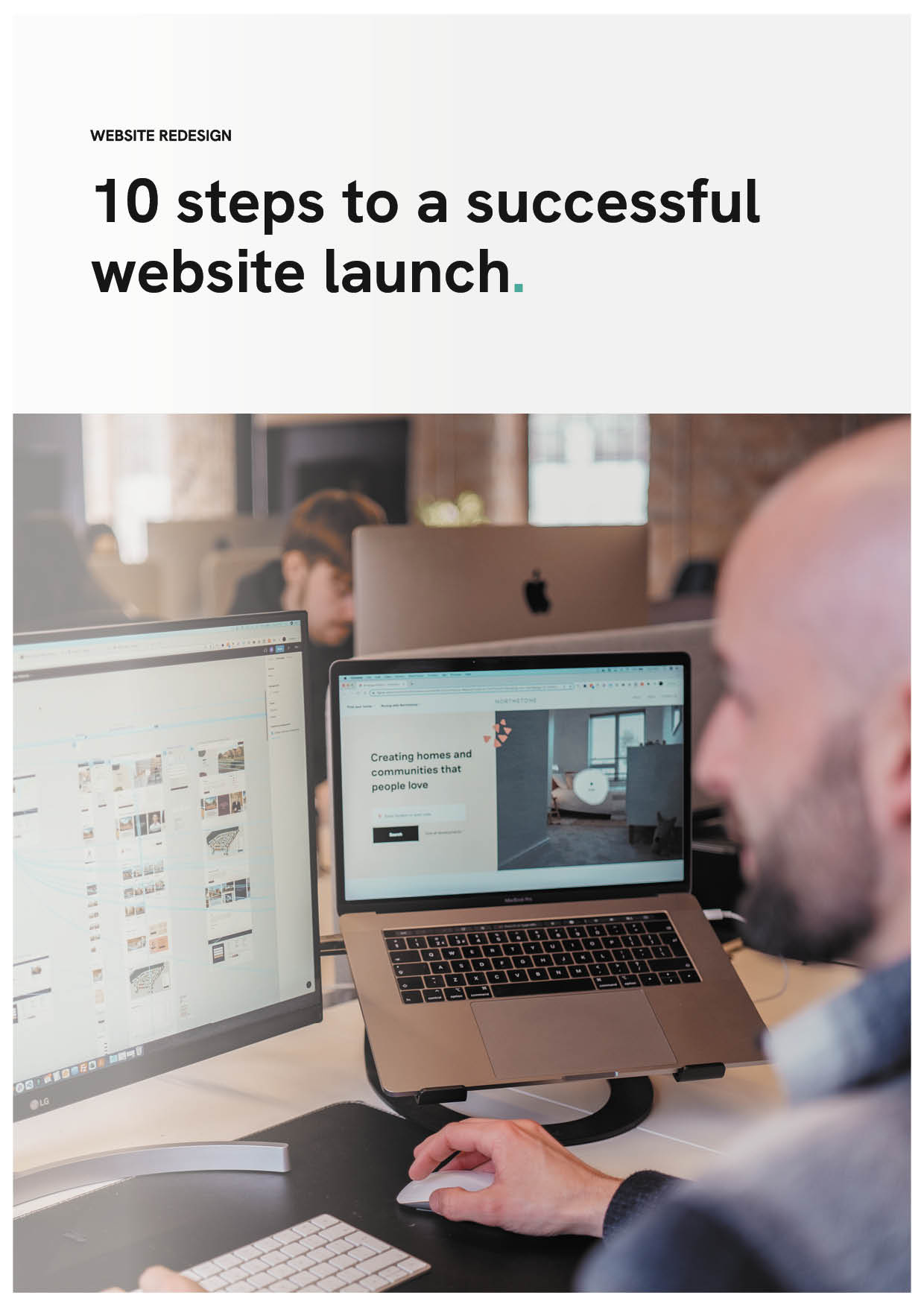Businesses within the SaaS sector are always looking for different ways to brush up on their sales skills.
Whether it’s to stay ahead of your competition or improve the number of leads you’re producing, you should often keep exploring different ways of selling.
Not sure on the different ways to mix up your SaaS sales? Well, here are proven best practices to sell subscription-based services.

We’ll cover:
- What is SaaS sales?
- What is the SaaS sales cycle?
- What are the different SaaS sales models?
- What are the common SaaS sales metrics?
- What does the future of SaaS sales look like?
What is SaaS sales?
SaaS sales are the process of selling web-based software to clients. The main tactics of SaaS salespeople are:
- Targeting new acquisitions.
- Upselling and retaining current customers.
Due to SaaS being supported and maintained by a third-party company, the price for the business per lead is usually a little more. This is due to sales and marketing requiring more touchpoints and a longer sales cycle before the customer is ready to buy.
Marketing teams will nurture leads until they are “sales qualified” and then a representative from the sales team will follow up to lead the prospect through the next steps.
Just because a lead is sales qualified, it doesn’t mean that they’re then ready to buy your product or download a demo. They still need further nurturing and convincing to take that next step.
Each prospect is different and no two will have the exact same needs. So, it’s up to the salesperson to tailor the presentation of the software to meet the needs of each prospect individually. High standard service and great attention to detail are key to locking in those sales.
As SaaS is often difficult, engineers, product marketers and executives can be brought in to get those sales over the line. A difficult sale can be anything from a high-value client, a technical client or a business that isn’t moving forward and are proving hard work.
What is the SaaS sales cycle?
SaaS sales cycles vary from case to case. The main factor that determines how long the cycle will last is the price. Usually, the cheaper the price point will make for a quicker sales cycle. However, it also depends on the customer themselves and the complexity of your product.
More expensive products usually are a much more considered purchase, so that in itself can lengthen your sales process. But it can also be slowed down by:
Expansion into new markets
Selling to new markets will prolong the SaaS sales cycle indefinitely. Not only are you not fully aware of the ins and outs of the market, but also you’ll be communicating your use case and value to potential clients. Unfortunately, that’s unavoidable as it’s crucial that you educate your market before even trying to sell to them.
Enterprise business
Larger companies usually have more people that will have to sign off the sale which can seriously slow things down. Also, selling to larger companies usually means that there are more legalities required before things all get the green light. However, enterprise companies have a larger budget which means they’re more than likely to invest in the top tier of your software.
Complex software
The more complex your software is, the longer it will take to educate potential leads on the full workings of it and for the customer to fully understand it. Everybody learns at different rates, so stay patient and don’t expect everyone to grasp your presentations at the same time. Remember, no two prospects are the same.
Free trials
Free trials will affect your sales cycle. Your customers are going to use the whole free trial period before making a sale, so you’ve already instantly got a delay on your hands there. If your sales cycle is taking too long, cut your free trial period.
On the contrary, free trials are a great value proposition for those leads that aren’t quite there yet. It gives the customer the chance to navigate and use your software with full accessibility. That way, they can make their minds up after a hands on approach and hopefully complete the sales cycle.
What are the different SaaS sales models?
When it comes to choosing your SaaS sales model, it’s vital that you get the right one to suit your business.
After all, your sales model indicates how many people you should hire on your team, how you’ll approach your customers, who your customers are and how you’ll go about converting leads.
So, for your sales team to evolve properly, take a look at three of the most common sale models. They are:
Customer self-service
A self-service model works better for lower-priced SaaS in high numbers. Think about businesses like Spotify or Apple Music. This kind of model implies that your average selling price is low but allows you to bring in a whole load of revenue.
You’re likely to find freemium and free-trial periods in self-service SaaS models. Although they’re convenient, you can’t support a full sales team with just a self-service model. The free trials and freemiums are great methods of attraction that are supported by web pages but it ends there.
There’s no chance to physically interact with your customers – which is where a lot of relationships are often strengthened. People love conversation and it goes a long way when trying to sell – especially within SaaS.
Transactional sales
This is the most common and easily scalable SaaS sales model. Usually, within this model, the software is sold over the phone to smaller businesses. And sometimes face to face too.
Businesses with higher price points tend to adopt this way of selling. The reason for this is that businesses will need convincing more with an increasingly personalised service to make a larger, longer term investment.
A sales team that operates in this manner will work closely with the marketing department to fuel its pipeline with MQL’s (marketing qualified leads) in order to maximise conversion rates. It’s important that they undergo the right training to make sure that they can meet their monthly and quarterly quotas.
Enterprise sales
Think low volume and very high price points. This is the sales model that is known for deals taking months of hard nurturing, demos and extensive presentations to get over the line.
Enterprise sales is a popular option for those obscure and niche SaaS companies that can provide benefits to big, even global companies. This is because these companies will have an extensive budget that can support the big price point of the solutions.
What are the common SaaS sales metrics?
In any sales environment, you’re held accountable to various metrics. And SaaS sales is no different either. There are hundreds of metrics that you could look into for your team, but these are the main ones that we feel you should focus on:
- Churn. This is the percentage that you lose customers on a monthly or yearly basis. Obviously, it’s beneficial to have a low churn rate.
- Net Promoter Score (NPS). This metric measures customer experience, satisfaction and overall business performance. Users answers questions with a score from 1-10. A high score indicates that everything is rosy. While a low one suggests the opposite.
- Monthly Recurring Revenue (MRR). This is the amount of money that your business brings in per month. A date is agreed with clients on which the payment will be made.
- Annually Recurring Revenue (ARR). This method is often used by subscription-based businesses and indicates an agreement for a client to pay over an annual basis.
- Sales Qualified Leads (SQLs). Monitor the number of people who mention that they’re ready to speak to a salesperson. Remember, they’re not ready to buy at this stage but they’re showing the right signs that indicate they’re interested in finding out more.
- Lead Velocity Rate. How quickly are your leads growing month on month? This figure can indicate whether leads are coming in at a faster rate than revenue is.
- Revenue Per Lead. Use this metric to calculate the performance of each member of your sales team.
- Customer Acquisition Cost. Take the cost of your sales and marketing and divide it by the number of deals closed to find your customer acquisition cost. If this cost is too high, it could indicate that you’re scaling too quickly.
What does the future of SaaS sales look like?

The SaaS sales market is forever evolving. However, we don’t believe that everything will become “as service”. Although you can outsource marketing through agencies, it’s not possible to fully outsource a sales department. But the SaaS industry is definitely moving forward in other areas.
Alongside the evolution of modern technology, it’ll keep going from strength to strength. It’s forecasted that the introduction of artificial intelligence (AI) will enhance SaaS to new levels. For example, companies like Netflix, Amazon and Google are already using AI within their products to improve them.
AI can help personalise sales techniques, so it’s important that sales teams get up to speed with the latest technologies. Not only will a sales team have to just understand them, but they’ll have to be able to orchestrate and interpret the data that they throw up. If you can’t analyse the data then there’s no point in even implementing the technology.
How can inbound help grow your SaaS business?
From lead nurturing practices to generating killer content, inbound marketing can take your SaaS business to the next level. The inbound methodology can help ease and streamline your sales process too.
It’s easy to not know where to turn if your sales aren’t really taking off. But there are plenty of different channels that the inbound methodology can help you. If you’d like to find out, feel free to give us a call for your free inbound marketing review and one of our expert team will gladly help you out.

